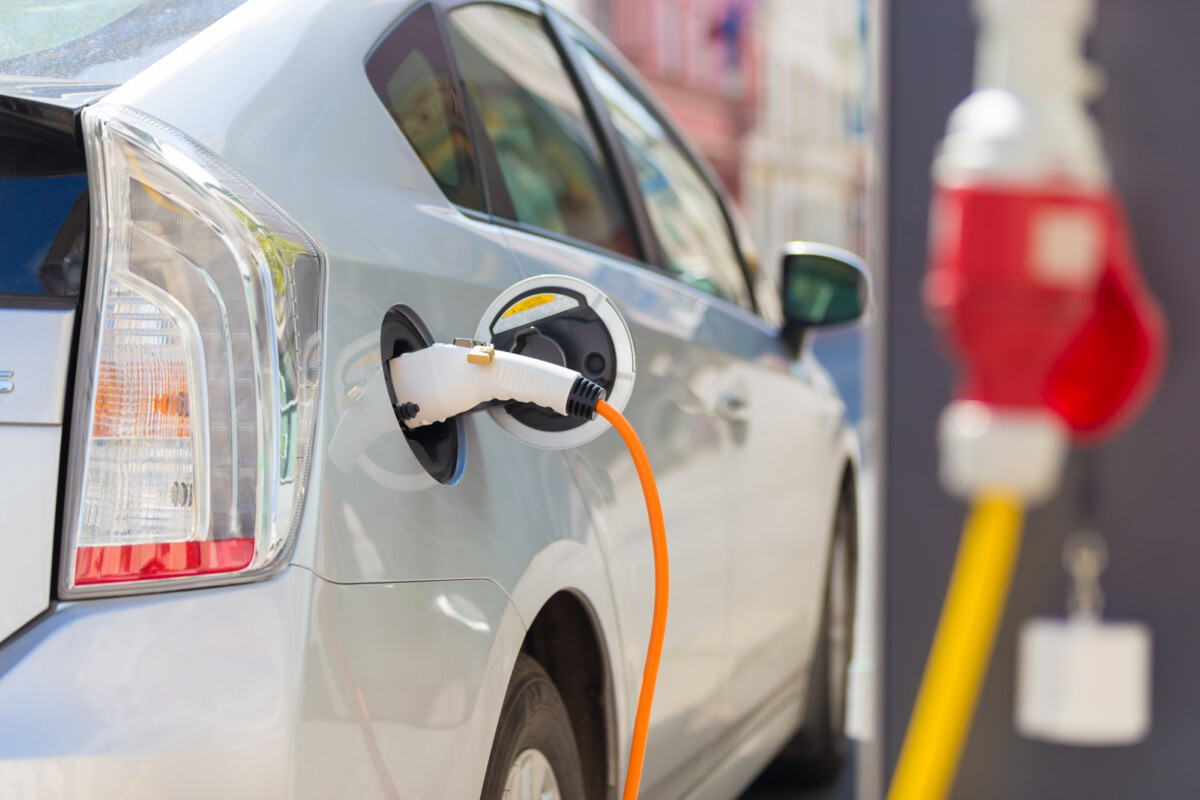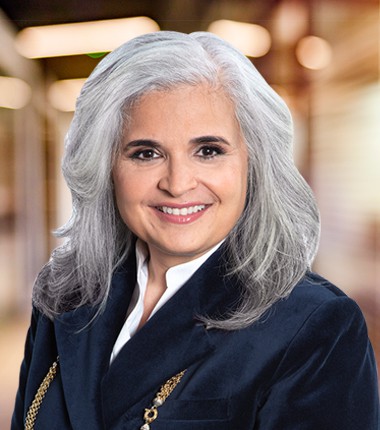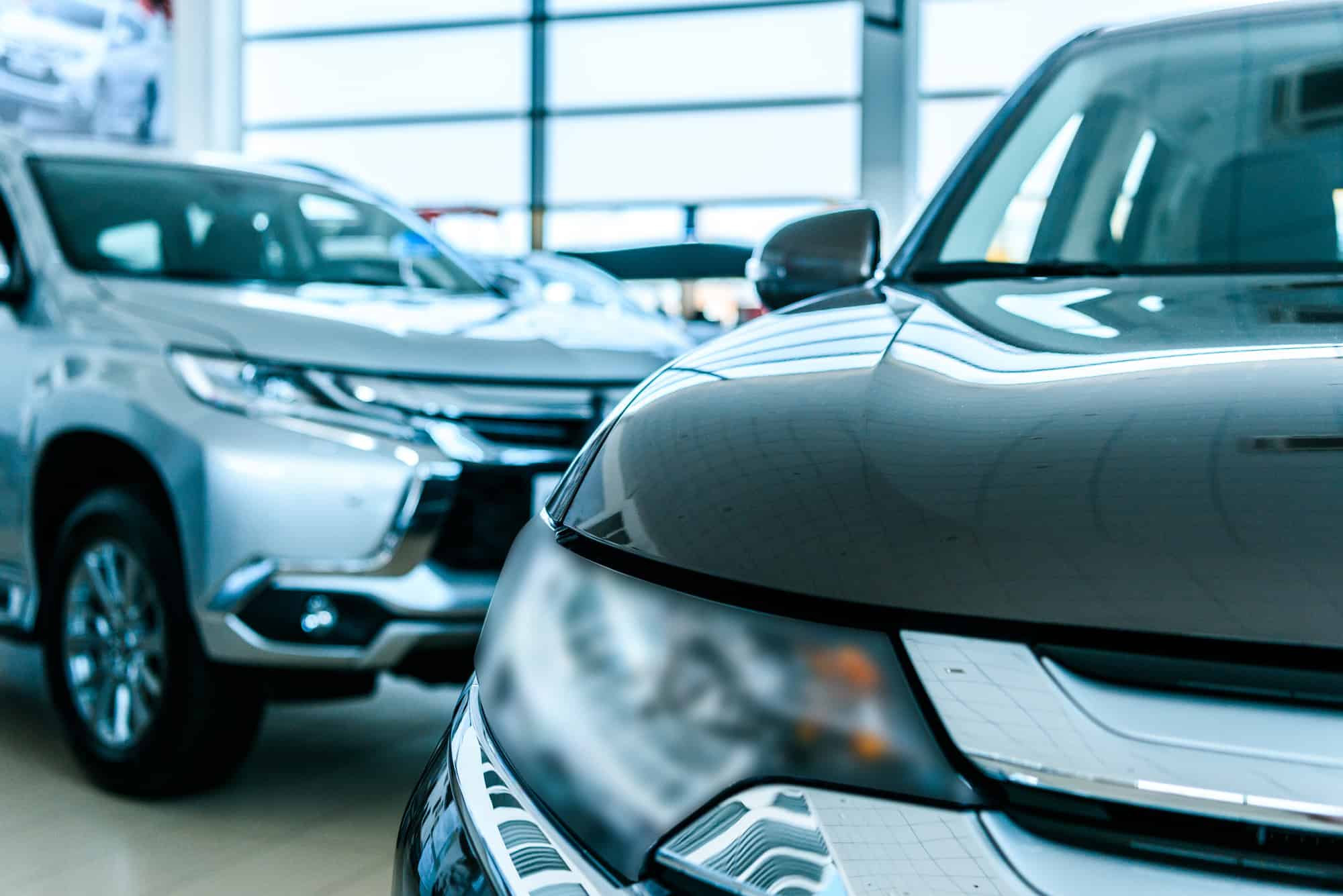Wealthtender is a trusted, independent financial directory and educational resource governed by our strict Editorial Policy, Integrity Standards, and Terms of Use. While we receive compensation from featured professionals (a natural conflict of interest), we always operate with integrity and transparency to earn your trust. Wealthtender is not a client of these providers.

Are you on the hunt for a new set of wheels but feeling a bit lost on whether to lease or buy? In today’s chat, we’re diving into the dollars and cents and thoughts and feelings of leasing versus buying, so you can roll away with a ride that suits both your style and your bank account.
Leasing has its perks, no doubt—lower monthly payments and that new car smell every few years. But, and there’s always a but, there are limits to this joyride, like mileage restrictions and the fact that you won’t ever really own your car. Now, on the flip side, buying a car means building equity and having the freedom to pimp your ride. But it also comes with a heftier price tag each month and the potential for the value to take a bit of a dip.
We’re not just here to throw car terms at you; we’re going under the hood to check out upfront costs, monthly payments, maintenance bills, and the long-term value of these options. When it’s all laid out, you’ll be able to make a call that fits your bank balance and your lifestyle.
So, whether you’re eyeing a slick lease or the full-on car ownership experience, buckle up as we cruise through the cost-effectiveness and trade-offs of these options for your next ride.

Understanding Leasing: How Does It Work?
Leasing a car is like having a stylish, short-term fling with a new ride every few years, and it does have its perks.
The Lowdown on Leasing
What It Is: Leasing is like renting a car for a specific period, usually two to four years. You get to enjoy the thrill of a new set of wheels without the long-term commitment of owning it.
Why It’s Cool: Lower monthly payments make it easier on the wallet, and the joy of swapping for a new model regularly is pretty sweet.
Catch the Drift, But…
What to Watch Out For: While the leasing dance has its charms, it’s not all sunshine. Most leases come with mileage limits – around 10,000 to 15,000 miles per year. Go over, and you might find yourself footing some extra bills. Plus, the car isn’t yours to tinker with – no customizing allowed.
Consider This: If you’re all about that personal touch and love decking out your car, leasing might cramp your style a bit.
To Lease or Not to Lease
What to Think About: Leasing is a cool choice if you’re into lower monthly payments and the thrill of driving the latest models. But, like any relationship, it’s got its pros and cons, and you’ve got to weigh them up before committing.
Why It Matters: It’s about finding the right fit for your lifestyle—a leasing fling might be just what you need, but it’s good to know the whole story.
Understanding Buying: Pros and Cons of Purchasing a Car
Buying a car is like putting a ring on it, and it’s got its own set of perks and quirks.
The Lowdown on Buying
What It Is: Buying a car means it’s yours, completely. You can tweak it, paint it, and make it your own. No need to count the miles – you’re free to drive as much as you want without worrying about extra charges.
Why It’s Cool: Once that car is fully yours, those monthly payments vanish. Plus, you get to keep cruising in it as long as you please.
But, and There’s Always a But…
What to Watch Out For: Now, buying has its price. Upfront costs can be a bit steep—you might need to cough up a significant down payment or get creative with trade-ins. Those monthly payments can also be a tad higher than leasing.
Consider This: And here’s the kicker—cars age, and that can mean shelling out for maintenance. Plus, the value of your investment might take a hit as the years roll by.
To Buy or Not to Buy
What to Think About: Buying a car is all about ownership and making it truly yours. But, like any big decision, it’s got its ups and downs. Before you say ‘I do’ to that car, weigh the pros and cons.
Why It Matters: It’s about finding the ride that suits your style and budget.
Financial Considerations: Upfront Costs, Monthly Payments, and Maintenance
When it comes to cars, understanding the financial side of your options is key.
Upfront Showdown
What It Is: Leasing usually means a smaller upfront cost, thanks to a lower initial payment called the capitalized cost reduction. It’s kind of like the appetizer before the main course. There might be a refundable security deposit and the first month’s payment, but it’s gentler on the wallet.
Why It Matters: Buying, on the other hand, comes with a bigger down payment. This upfront cost, usually 10% to 20% or more of the car’s total cost, helps determine your monthly payments and overall financing costs. Keep an eye on your budget—no need for financial strain.
Monthly Money Moves
What to Watch Out For: Leasing can be your budget’s best friend with lower monthly payments, focusing on the car’s depreciation during the lease. Buying means higher monthly payments because you’re footing the bill for the whole shebang. But hey, once it’s all paid off, those monthly payments bid you farewell.
Consider This: Your choice depends on what suits your lifestyle and budget. Leasing might be light on the wallet now, but buying gives you ownership down the road.
Maintenance Matters
What It Is: Leasing often covers routine maintenance and repairs under the manufacturer’s warranty, but watch out for wear and tear. Buying means you foot the bill for all maintenance, from routine service to unexpected repairs and replacement parts.
Why It Matters: Knowing who covers what in the maintenance game helps you plan for the road ahead.
Crunching the Numbers
What to Think About: Understanding the financial nitty-gritty is crucial. Compare loan rates, and if math isn’t your jam, use one of those handy calculators to see if leasing or buying makes more sense for your wallet.
Why It Matters: It’s about finding the ride that fits your lifestyle and budget like a glove. Break down the numbers and find the option that puts you in the driver’s seat of your financial journey.
Lease vs. Buy Car Calculator: Find How Much You Will Save
Depreciation: The Impact on Leasing and Buying
Your financial journey deserves strategies that stand the test of time. So, whether you’re eyeing a sleek lease or considering the commitment of buying, let’s decode the depreciation puzzle and why it matters in the long run.
Depreciation Demystified
What It Is: Depreciation is the gradual decrease in a car’s value over time. Think of it like that well-loved pair of shoes losing a bit of their shine. Wear and tear, miles on the clock, and market conditions all play a role.
Why It’s Crucial: Depreciation can be a financial buzzkill, but knowing how it affects your car can make all the difference.
Leasing’s Shield
How It Works: When you lease, the leasing company takes the hit on depreciation. You’re only paying for the part of the car’s value you use during the lease. If the car’s value takes a nosedive, it’s not your problem. But, if it becomes a hot commodity, you don’t get a slice of that pie.
Why It Matters: Leasing shields you from the depreciation rollercoaster—it’s like having a financial safety net. But you do not participate in any potential upside.
Buying’s Depreciation Dance
How It Works: Now, if you buy, depreciation directly affects you. The car’s value can drop significantly, especially as the years roll on. This may matter to you if you plan to sell or trade in your wheels down the road.
Why It Matters: Buying means facing the depreciation music, but it’s crucial info if you’re thinking about future resale plans.
Long-Term Vision
What to Think About: Understanding how depreciation plays out is an important consideration when looking at the long-term financial dance between leasing and buying.
Why It Matters: When you grasp the depreciation game, you can factor that in as you weigh the pros, cons, and your preferences in the lease-or-buy equation.
Flexibility and Ownership: Comparing the Advantages and Disadvantages
When it comes to lease or buy, flexibility and ownership are the dynamic duo, each with its perks and quirks, and understanding them is key when deciding what’s right for you.
Leasing’s Sweet Flexibility
How It Works: Leasing is like having a VIP pass to drive a fresh set of wheels every few years. It’s perfect if you’re all about those latest features and cutting-edge tech. Plus, no headaches when it’s time to upgrade—just hand back the keys.
Why It’s Cool: The flexibility of leasing is like having a fashion subscription for cars—always in style without the commitment.
The Buts of Leasing
What to Watch Out For: Now, leasing isn’t all roses. There are mileage restrictions, and going over can lead to extra charges. Forget about souping up your ride—no modifications allowed. If you’re a customization enthusiast or planning a cross-country road trip, leasing might not be your best match.
Consider This: Leasing is about keeping it simple and fresh, but it does have its rules.
Buying’s Ownership Bliss
How It Works: Buying means you’re the boss. You can personalize your ride, from snazzy aftermarket parts to a custom interior. Plus, no worrying about mileage limits—drive as much as your heart desires.
Why It’s Cool: The sense of ownership is like having the keys to your kingdom—you make the rules.
The Responsibilities of Ownership
What to Watch Out For: But, and there’s always a but, ownership means you’re in charge of all maintenance and repairs. Routine servicing, unexpected fixes – it’s all on you. When it’s time to upgrade, selling or trading in can be a bit of a hassle, involving negotiations and some investment of time.
Consider This: Owning is about freedom, but it comes with responsibilities and a bit of negotiation prowess.
Finding Your Fit
What to Think About: It’s all about finding what suits your lifestyle. Leasing offers that trendy, carefree vibe, while buying gives you the keys to your own kingdom. Weighing the pros and cons helps you choose the right path.
Why It Matters: Your journey is unique, and whether you’re dancing with flexibility or embracing ownership, find the option that aligns with your style and preferences.
Long-term Costs: Analyzing the Total Cost of Ownership
Let’s look at the dollars and cents of the leasing versus buying decision through the lens of total cost of ownership.
Leasing’s Upfront Advantage
How It Adds Up: Leasing often boasts lower upfront costs and monthly payments, making it a lighter load on your wallet. But you’re not the car’s owner, and there are limits on mileage and modifications. Plus, when the lease party ends, you walk away without any ownership stake.
Buying’s Ownership Price
How It Adds Up: Buying, on the flip side, means a higher upfront cost and heftier monthly payments. But, here’s the perk—you’re the boss of that car. You can jazz it up as you like, and when you’re done with those monthly payments, the car is all yours. The total cost of ownership dance also includes maintenance and the potential for depreciation.
Crucial Long-Term Analysis
Why It Matters: Comparing the long-term costs of leasing and buying isn’t just about today’s dollars. It’s about understanding the financial journey ahead. Leasing might seem like a wallet-friendly fling but buying offers ownership and customization.
Lifestyle Factors: Assessing Your Personal Needs and Preferences
Let’s take a spin beyond the dollars and cents and delve into lifestyle considerations when it comes to choosing between leasing and buying. Beyond the financial side of things, your lifestyle, driving habits, and future plans play a crucial role in finding the perfect match.
Leasing’s Style and Flexibility
What to Consider: If cruising in the latest models and having the freedom to upgrade every few years sounds like your kind of jam, leasing might be the perfect fit. It’s like having a fashion-forward subscription for cars, steering clear of the uncertainties that come with ownership – no unexpected repairs and no hassle of selling or trading in.
Buying’s Ownership and Personal Touch
What to Consider: On the flip side, if ownership and the ability to make your ride truly yours are non-negotiables, buying could be your best bet. Picture this – you’re the captain of your car ship, free to customize as you please, and forget about those pesky mileage restrictions.
Your Lifestyle, Your Decision
Why It Matters: Assessing your lifestyle and future plans is like getting the GPS coordinates right for your journey. Do you crave the excitement of a new ride regularly, or are you all about long-term commitment and personalization? Your lifestyle holds the clues to the ideal choice.
So, whether you’re in for the trendsetting thrill of leasing or the long-term love affair of buying, factor in your personal needs and preferences. Your journey to the perfect ride involves understanding what aligns with your lifestyle just as much as it involves money.
Making a Decision: Factors to Consider Before Choosing Leasing or Buying
When you’re caught in the lease-or-buy crossroads, it’s potentially overwhelming with so many factors to consider. But streamline it… first, assess your financial terrain, examining upfront costs, monthly payments, and the upkeep budget. Then, consider the ripple effect of depreciation and the long-term cost of being a car owner. Now, here’s where it gets personal—your lifestyle and preferences. Are you vibing with the flexibility of leasing or the full-on ownership experience?
This thorough exploration sets the stage for a decision that syncs up with both your wallet and your life’s beat.
Remember, this decision is your own melody, uniquely composed around your personal fit-and-feel. There’s no one-size-fits-all here. Take your time exploring options, and if the road gets twisty, consider a chat with a financial guru or a car whisperer. Your journey to the perfect car choice is about tuning into your own needs and circumstances.
Conclusion: Making an Informed Choice for Your Next Car
Leasing and buying both have their financial pros and cons. Leasing offers lower monthly payments, flexibility, and the chance to drive a new car every few years. Buying provides ownership, customization options, and potential long-term savings post-full payment.
To determine which option suits your next car, weigh factors like upfront costs, monthly payments, maintenance, depreciation, flexibility, ownership, long-term expenses, and personal preferences. Understand the leasing and buying trade-offs to align your choice with financial goals and lifestyle.
Whether it’s a flexible lease or the ownership feel you’re after, take time to evaluate and make an informed decision for your next car journey. So, whether you’re in the mood for the flexible vibes of a lease or ready to embrace the whole ownership thing, here are the considerations for making the right call for your next ride:
1. Upfront Costs
Think of leasing like a smaller upfront party fee—usually easier on the wallet compared to the grand entrance buying demands. But here’s the thing, while leasing gets you into the party for less, the overall bill might surprise you. Buying? Well, that upfront cost is like investing in the party, building equity and all, making it a bit pricier at the door but potentially more cost-effective in the long run.
2. Monthly Payments
Leasing’s like having a monthly ticket to the hottest ride in town at a sweet discount, freeing up some cash for your other shindigs. Buying, though, can be a bit more upfront each month since you’re covering the whole vehicle bill. But once that’s done, it’s party time without a monthly cover charge.
3. Maintenance and Repair
Leasing often gets you VIP access with a warranty, so major repairs? Covered! But with buying you’re footing the bill for maintenance once the warranty glow wears off. Yes, it might cost a bit more, but you’re the DJ of your ride’s destiny, deciding when and how it gets serviced.
4. Long-Term Value
Buying lets you build some equity. Leasing, well, no equity-building here. You’re more like the party guest who enjoys the event and moves on when it’s over. But hey, if you’re all about the new-car party every few years, leasing’s your backstage pass without the worry of the vehicle’s future value.
In the end there is no definitive right or wrong answer. The key is that your choice should harmonize with your financial goals and lifestyle rhythms.
This article was originally published here and is republished on Wealthtender with permission.

Jennifer Kirby, CIMA®, CSRIC® | Talisman Wealth Advisors
Wealthtender is a trusted, independent financial directory and educational resource governed by our strict Editorial Policy, Integrity Standards, and Terms of Use. While we receive compensation from featured professionals (a natural conflict of interest), we always operate with integrity and transparency to earn your trust. Wealthtender is not a client of these providers.

